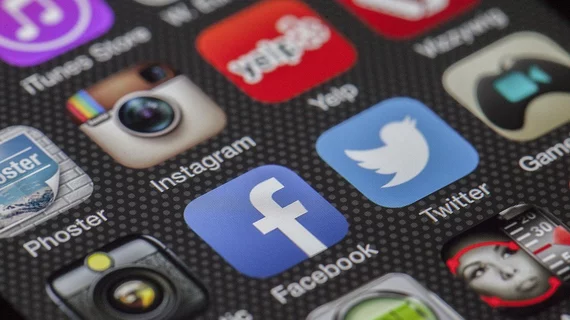Radiology program directors must build an active presence on Twitter or risk putting their institutions at a “distinct disadvantage.”
Imaging experts from several institutions across the country made that call to action in a recently published opinion piece. They note that numerous important functions of this job now often occur on social media, from networking to education, presenting opportunity for career growth without straining their budgets.
“As the tools available to radiology educators continue to evolve with technology, it seems prudent for today’s program directors to consider the advantages of maintaining a professional Twitter account,” AdventHealth Orlando radiologist Darel Heitkamp, MD, and colleagues concluded in the piece, published Dec. 13 in the Journal of the American College of Radiology.
The authors go on to spell out three specific ways that Twitter can help make it much easier for radiology directors to perform regular, noninterpretive duties on a daily basis:
1) Education and personal growth: Members of academic radiology often create free, open-access educational materials to share through social channels, oftentimes in small, bite-sized bits that won’t take hours to digest. It’s also an easy way to learn about topics outside of image interpretation, such as healthcare policy, leadership and education, they added. And users can expect a wide variety of participants with which to discuss the latest developments in radiology.
“No other venue can deliver such a diverse array of viewpoints on so many granular topics,” added Heitkamp, noting that “Rad Twitter” has become something of an incubator for innovation in the profession. “In this regard, Twitter has tremendous power to enable personal growth.”
2) Promotion and recruitment: The website additionally offers a free and easy means to promote one’s program. Radiology directors across the country are doing this by touting achievements of trainees, sharing published articles, or announcing committee appointments. It can serve as an additional tool to promote new programs, too, in burgeoning areas such as artificial intelligence.
“Using this strategy, program directors can substantially contribute to the overall recruiting power of their training programs and departments,” the authors noted.
3) Networking and collaboration: For those too busy or ridden with anxiety, Twitter can offer a simple way to network with colleagues, and potentially collaborate on projects. A bevy of notable names in the field have their own handle, and the nature of this application flattens the hierarchy, putting established vets aside imaging newbies.
Many across the specialty have scored speaking opportunities or the chance to co-author a paper after making that initial tweet and greet.
“Twitter can provide many program directors—particularly those from non-university programs or departments in financial hardship—with important alternative avenues to career advancement when their academic institutions lack the traditional infrastructure for such development,” Heitkamp et al. wrote.
“Social media has revolutionized what the academic radiology career can look like and how quickly it can be realized,” they concluded.

